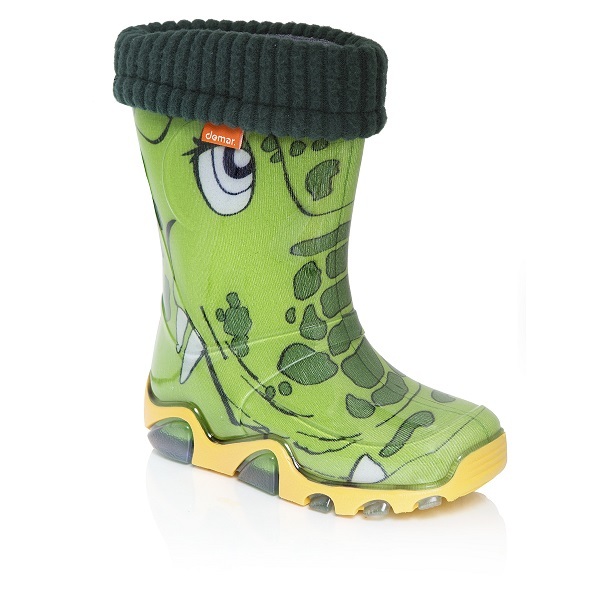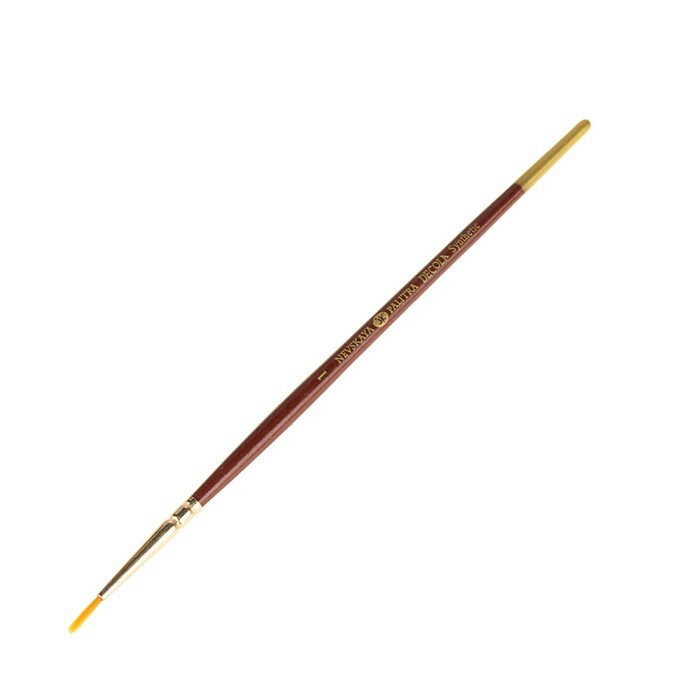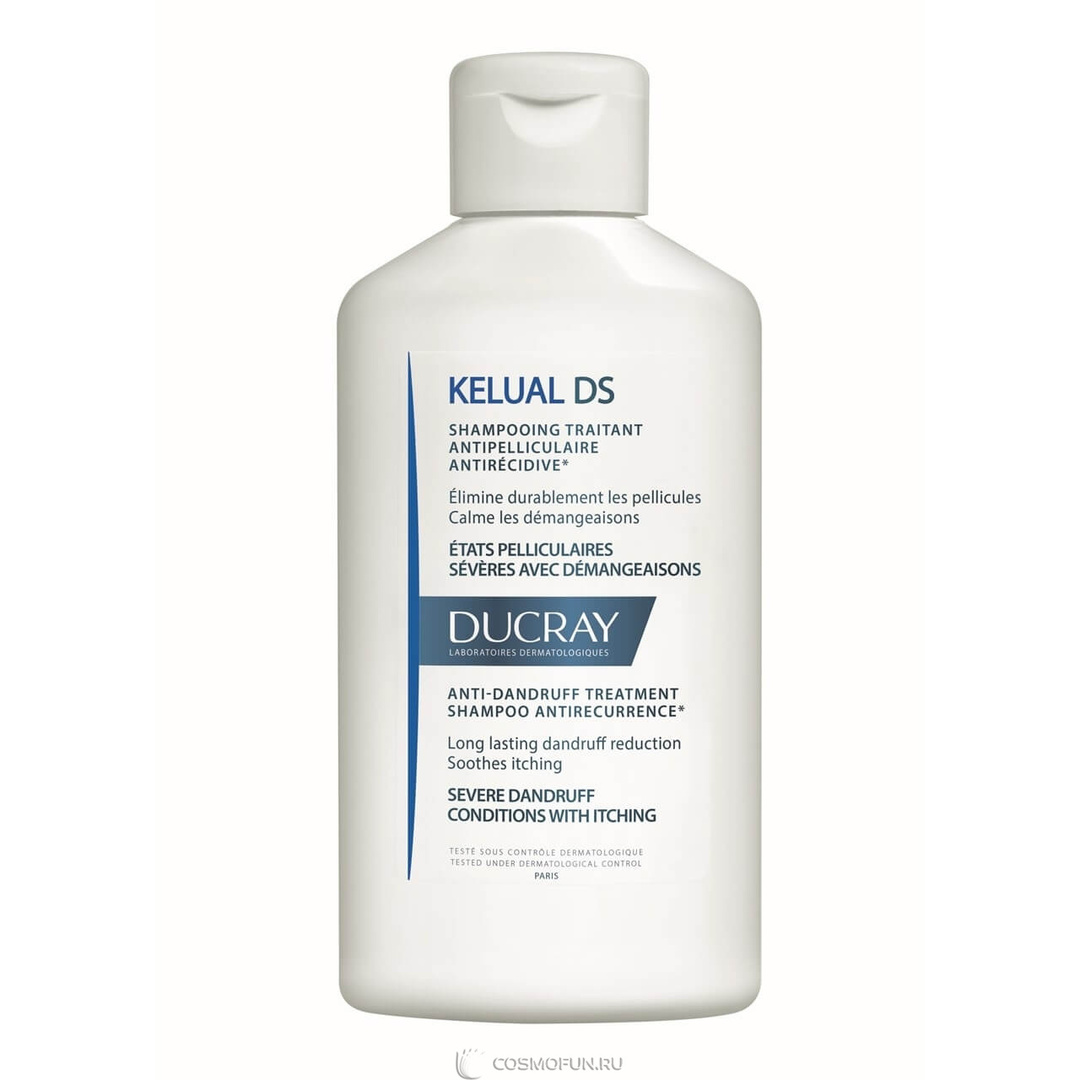Modern self-respecting person should know some rules of behavior at the table. This means understanding how to hold cutlery etiquette as their positioning, and to remember that during and after the meal. These skills will help to keep mutual respect and comfort of everyone in the room of people.
Etiquette - a set of historical rules of human behavior in society.
Content
- 1 Table manners
- 2 Location of cutlery on the table etiquette (forks, knives, spoons)
-
3 Terms of use cutlery etiquette
- 3.1 How to put the cutlery after meals
- 3.2 Fork and knife on a plate after meal
-
4 etiquette fork
- 4.1 How to eat with a fork
- 4.2 As it is impossible to use a fork
- 5 How to hold a spoon
- 6 Gestures cutlery
-
7 Signs cutlery
- 7.1 Designation fork with a knife on a plate
- 8 Things to remember at the table after a meal
- 9 VIDEO: Etiquette on the use of cutlery.
Table manners
Paying attention to the rules of behavior at the table, a man shows his best side. It is a sign of good tone, not only care about their well-being, but also making a nice meal all sitting around. This is called etiquette, before it was known only to members of the upper stratum of society, it was one of the striking differences between the educated people of the common people. Today there is no clear division of such a criterion, but if the guest demonstrates ignorance of the rules of etiquette, it runs the risk of irritating others.
In the restaurant or at a dinner party inexperienced person can be difficult to figure out how to use all these countless cutlery.
Necessarily need to know:
- Each device has its own purpose.
- There is an order of serving dishes, expect that exception will be made for individual persons is wrong.
- Violation of certain persons of ethics is not a reason or excuse to ignore the rules with his hand. But directly blamed for it as uncivilized, right to pretend that it is imperceptible.
- Cutting the meat or fish is done gradually, as the ingestion of a previous piece. And make sure it's specially designated unit, the knife must be in the left hand, fork - the right. Rearrange them on the pretext of discomfort is not allowed.
- It puts on the table the whole set of glasses, but if the guest does not intend to drink out of each, it is better to ask to remove the part. This is a precaution, and so it is more convenient, less risk to hurt the hand and smash the glass.
Rules of etiquette at the table must know all at any age.
Important! Instruments that are intended to be used on the right with your right hand, and similarly with the left side.
Location of cutlery on the table etiquette (forks, knives, spoons)
The elite restaurants are always a lot of attention is paid to how are different utensils. This is called a serving, it involves the location of the fork, knife, spoon on the side plates, where it is most convenient to get the hand, which is necessary to take them. So usually put right knife for the main course, fish and snacks in between may lie and soup spoon (the convex side of the table), if the guest is going to eat the soup.
It is important to know how to use cutlery and how to behave at the table, not to get into an awkward situation.
Left a fork (tines up), and they differ in size. The closer to the plate, the larger unit. Most closely placed dining room, next to the fishing, the extreme must be designed for snacks. Such a rule is invented for the convenience of taking the edge of the device, to use it, freeing the space around.
Cutlery correspond to different dishes.
Note! If one of the devices did not need, usually a knife, then it should be put not on the table, but relies on the right side of his plate. So to preserve the purity and the handle does not interfere with the neighbor to move his hands freely during the meal.
Just above the plate is in the horizontal position, a small spoon for dessert, and she turned to the left, which means that guests will individually served sweet.
Fork, provision is also horizontal but to the right handle can be said about a la carte dessert.
Terms of use cutlery etiquette
Using cutlery, too, need to be able to, because knowledge does not mean the full set of skills. But understanding the basic principle of the order of use of forks, knives superfluous never will. They are sure to take turns, starting with the little ones with the edge intended for appetizers (they are served first), to large, located very near the plate.
In the restaurant without table manners it is very difficult to do.
How to put the cutlery after meals
be taken into consideration after a meal, it's in a fork, a knife is crucial. If we ignore the rules, you can create an awkward situation, inconvenience to others or leave negative feedback about the taste of food without knowing it. That is, stopping or finishing a meal, it is necessary to pay attention to what "picture" is.
What does the position of cutlery on a plate.
But at the same time leave them on the table or cloth tablecloths definitely not worth, it is a sign of bad taste. Such products are often made of natural fabrics, because they are very difficult to wash out.
Unofficial "language" of knives, forks can tell a lot about a person.
Fork and knife on a plate after meal
Usually it is a fork and knife are the main tools for the "silent" communication with the waiter. If the meal is not complete, but you need to drink a glass of water, it is desirable to base their arms on the table, and the part covered with food remnants to rely on the edge of the plate, so as to put the knife and fork after a meal otherwise there will be correct.
This will make it clear to the waiter about the short break.
Folding after eating these devices crosswise can testify to the fact that the dish is not taken. But if the visitor has left in this way, securing the blade between the teeth, it Decipher how dissatisfaction with food.
If there were problems with the quality of services, crossing accompanied by inverting the arms upwards.
If dishes to satisfy the needs and expectations, the right to leave at the end of a fork and knife near parallel to one another, slightly shifting the angle of inclination. But if they are at a distance, it is a requirement to call the administrator.
Such a situation, but with inverted handle, gives the sign of the requirement to provide a plaintive book.
etiquette fork
In addition to the usual plugs intended for main dishes and desserts fish, many other varieties of teeth differing thickness, length and their number:
- fruit (having three teeth, a small size);
- for lobster (two short cloves);
- for snails (two long, slightly curved teeth);
- oysters;
- as belonging to tweezers for the salad.
Types of plugs for different dishes.
They are served only in the event that a guest will surely be one of the following dishes.
Apply the plug is not on purpose - a sign of bad taste.
How to eat with a fork
There are 3 main ways to keep this object, according to etiquette.
- Large and middle fingers take up the end of the handle, and the index portion is located along the object, helping to pressure. In this fork is on the edge touching the plate. it is often necessary to make a dessert, it is soft.
- The same position of the fingers, only the middle of the object and the teeth of the "look" down. Then the index finger can better assist in the push and prick meat and other solid pieces of food.
- The plug is taken as a normal ballpoint pen and is positioned so that it was convenient to scoop the soft part of the meal.
etiquette rules provide, in particular, the ability to properly use cutlery.
Normally it takes a bit of practice to learn and get used to properly hold the item. But then this option will be even easier to rest.
Do not forget that the instruments in any case, if you have already used them, you can not put on the table.
As it is impossible to use a fork
It is unacceptable to use other provisions in your hand and allow the sound produced when touching utensils. The same applies to the knife. If inconvenient to keep all the time in the left hand, the American version of etiquette allows shifting device in the other hand, when the knife is not needed.
Cut with a knife, placing it to the left, it is considered inappropriate, since it jeopardizes the others.
How to hold a spoon
The spoon should be based on the hand of the convex side of the table, the handle in place between your thumb and index finger, the thinnest part of it - at the end of index phalanx, hold the tip of a large finger.
Preferably permanently give it a horizontal position, avoiding participation in the elbow, only brush.
Gestures cutlery
Mostly gestures can mean different things, but there is a common trend in the "wordless" communication between the waiter and the visitor. This is especially useful when a business or an important meeting in a restaurant when discussing important things, then you do not want to interrupt the thought, exchanging remarks with the staff.
Simple gestures language cutlery.
It would look disrespectful and too carelessly, as if the subject is not too worried about the interlocutor. Such conclusions are fraught with broken relationships and all its consequences.
Signs cutlery
Proper use of the devices provides guest presentable and status in the eyes of others. But it is not always convenient to talk about the shortcomings or dissatisfaction with the services, personnel, food, due to personal preferences, modesty. Sometimes the reason - a lot of people around and good audibility, then minimize the publicity to its promise as possible, laying out a fork and knife in a certain position.
This is a widespread practice and respecting institutions train the waiters to quickly respond to such reports.
Sometimes the guest is surprised that it took away the dishes quickly, although not eaten. He often unknowingly put devices so that staff deciphered it as a request to remove the dish, it is not like the others.
Adding on his plate anyway cutlery, you apply different signs to the waiter, who can catch and take note of competent staff.
Designation fork with a knife on a plate
Do not forget that the duties of the staff is to monitor the situation on the dishes devices. And crossed fork with a knife in the middle of a plate, forming a right angle, to tell them about what the guest wants to immediately proceed to the next stage of the meal.
Then, the dish will be removed quickly and will make another point of order.
You can leave such messages:
- I liked. Both the subject and close parallel in the middle.
- Enthusiastically tasty. A little obliquely, under the knife a fork.
- Not relished. Wise, the blade is inserted into the teeth.
- Plate should stand, it is not necessary to remove. Devices side by side, the handle on a table or hang a bit.
- OK, but the service is not satisfied. Crossed devices, rotated with a hundred and eighty degrees.
- It requires entry in a book of complaints. Objects in a dish arranged in parallel at a distance, but turned upside handles.
Sometimes it is appropriate verbal confirmation of their intentions.
Things to remember at the table after a meal
- In many countries it is accepted to thank the cook for the effort, even if the food is not quite to your taste.
- Linen napkins should be folded neatly beside the table, to the right of the plate.
- If there are pieces of food in the mouth after eating, you can not use a toothpick at the table. You need to take it and gallantly off to the bathroom.
- Avoid extraneous sounds when lowering metal objects and utensils, grazing the edges.
- It is not necessary to mark the end of the meal to lean back in the chair, it shows excessive saturation, which is not the best way characterizes the visitor.
Different positions of the knife and fork can tell you about your attitude to eating a lot more than you do.
Thus, the rules for the use of cutlery according to etiquette, in many respects, depend on the type of object and its purpose. Some types of food can absorb without them, but it should be absolutely sure, otherwise you can impress guests uncultured, not respecting themselves and others.
The ability to use cutlery says about the cultural level of the person.



